News
EPJ B Highlight - Inhibitory neurons have two types of impact on brain oscillations
- Details
- Published on 28 May 2019

A certain type of neuron, called inhibitory neurons, can have two types of overall effect on oscillations in the brain
Studying the brain involves measuring the activity of billions of individual brain cells called neurons. Consequently, many brain measurement techniques produce data that is averaged to reflect the activity of large populations of these neurons. If all of the neurons are behaving differently, this will average out. But, when the behaviour of individual neurons is synchronized, it produces clearly visible oscillations.
Synchronisation is important to understanding how neurons behave, which is particularly relevant with regard to brain diseases like Alzheimer’s, epilepsy and Parkinson’s. Now, a group of researchers from the Institute of Computational Physics and Complex Systems at Lanzhou University, China, has used a combination of two computer models to study the ways different kinds of neurons can impact synchronisation. The study is published in the European Physical Journal B.
EPJ N Highlight - Calculation of ion irradiation damage using Iradina code
- Details
- Published on 23 May 2019
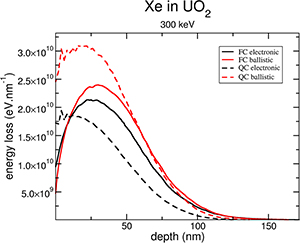
Binary Collision Approximation (BCA) calculation allows for two types of damage calculation: Full Cascade and Quick Calculations. Full Cascade mode describes fully the cascades while in Quick Calculations only the trajectory of the ion is followed, and effective formulas give an estimation of the damage resulting from each collision of the ion. Quick Calculation of damage are implemented in the Iradina code both for elemental and multi-component solids. Good agreement is obtained with SRIM. It is shown that Quick Calculations are unphysical in multi-component systems. The choice between Full Cascade and Quick Calculations is discussed. It is advised in this paper to favour Full Cascade over Quick Calculation because it more grounded physically and applicable to all materials. Quick Calculations remain a good option for comparisons with former studies or for pure solids in the case of actual quantitative comparisons with neutron irradiations simulations in which damage levels are estimated with the NRT (Norgett-Robinson and Torrens) formulas.
EPJ Data Science Highlight - What can we learn from billions of food purchases derived from fidelity cards?
- Details
- Published on 23 May 2019

For your health, what you eat is more important than what you earn.
This result comes from our latest project “Poor but Healthy”, which was published in EPJ Data Science, and comes with a @tobi_vierzwo’s stunningly “beautiful map of London” that author Daniele Quercia invites everyone to explore.
By combining 1.6B food item purchases with 1.1B medical prescriptions for the entire city of London for one year, researchers discovered that, to predict health outcomes, socio-economic conditions matter less than what previous research has shown: despite being of lower-income, certain areas are healthy, and that is because of what their residents eat.
Read the full blog post on Medium.
EPJD Topical review - Plasma potential probes for hot plasmas
- Details
- Published on 22 May 2019
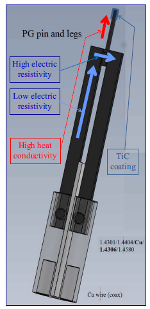
Plasma probes are well-established diagnostic tools, being relatively simple to construct and easy to handle. The most easily accessible parameter is the floating potential, but the floating potential of a cold probe is not very significant; much more important and relevant is the plasma potential. However, in most types of plasmas, consisting mainly of electrons and only positive ions, the higher mobility of the electrons means that the floating potential is more negative than the plasma potential by a factor proportional to the electron temperature.
In a new Topical Review in EPJD co-authored by teams from Austria, Slovenia, Denmark and Italy, the authors present a review of probes whose floating potential is close or ideally equal to the plasma potential. Such probes are known as Plasma Potential Probes (PPP), and they can either be Electron Emissive Probes (EEPs) or so-called Electron Screening Probes (ESPs). These probes make it possible to measure the plasma potential directly and thus with high temporal resolution.
EPJ Data Science Highlight - How news outlets target audiences
- Details
- Published on 22 May 2019

The mass media is one of the social forces with the most active transformative power. However, news reach people unequally. Many factors shape the distribution and influence of news media coverage. Some of these factors are the geographic reach of newspapers (national versus regional newspapers), the direct targeting of specific sectors of the population, and/or the political ideology of the media outlet itself.
In a recent article in EPJ Data Science, Erick Elejalde, from the L3S Research Centre in Hannover, Germany, explains how their work helps to identify whether or not an outlet’s coverage deviates from the purely geographic influence to a more sophisticated behavior involving the weight of political and socioeconomic interests.
Read the post on the SpringerOpen blog.
EPJ Plus Focus Point: Rewriting Nuclear Physics textbooks: Basic nuclear interactions and their link to nuclear processes in the Cosmos and on Earth
- Details
- Published on 20 May 2019
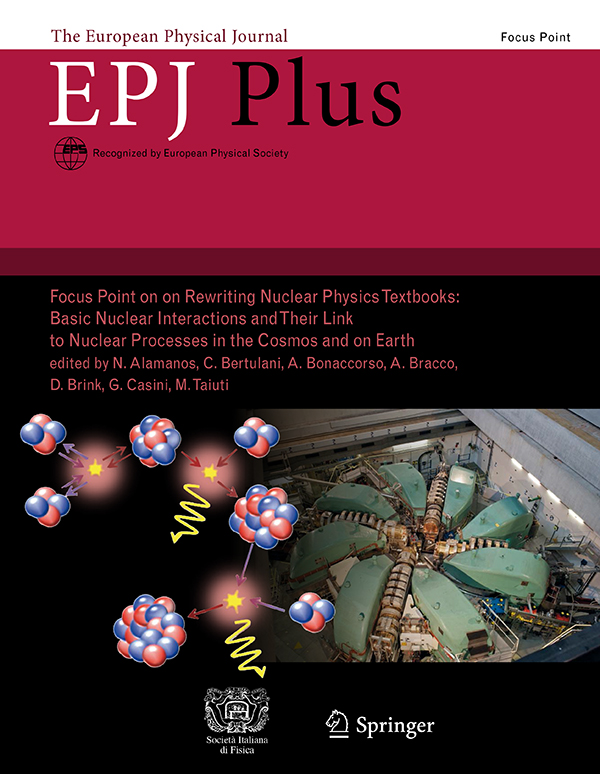
This topical collection contains the lectures presented at the Summer School ``Re-writing Nuclear Physics textbooks: Basic Nuclear Interactions and Their Link to Nuclear Processes in the Cosmos and on Earth" which was held at the INFN Sezione di Pisa and Department of Physics of the University of Pisa in July 2017. The School followed the format of its first edition (``Re-writing Nuclear Physics textbooks: 30 years with Radioactive Ion Beam Physics") held at the very same places two years earlier, and whose lectures have been published in EPJ Plus.
The scope of this new collection is to highlight the wonders of the Nuclear Interaction as it manifests itself in natural phenomena on Earth and in the Astrophysical context. Again, all of the contributions contain state-of-the-art information presented for an audience of educated but not necessarily expert physicists.
EPJ Plus Focus Point on New Challenges in the Scientific Applications to Cultural Heritage
- Details
- Published on 17 May 2019
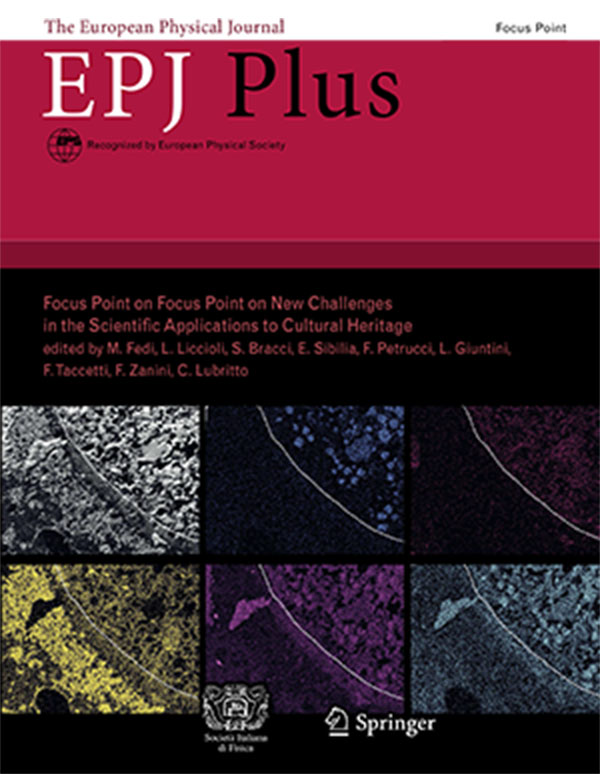
In recent years, the collective efforts of scientists in the application of new technologies and methodologies to different class of archaeological material are receiving significant benefits from advances in technology.
At the same time new strategies and, in particular, networking skills and resources encouraging interaction between both humanities and sciences researchers are of crucial importance to face issues concerning the study, restoration and conservation of artworks and archaeological contexts.
EPJB Colloquium - Complex band-structure analysis and topological physics of Majorana nanowires
- Details
- Published on 16 May 2019
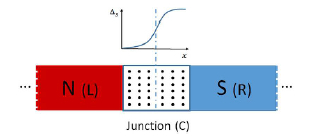
In this new Colloquium article published in EPJ B, Javier Osca (IMEC and KU Leuven, Belgium) and Llorenç Serra (IFISC and Departament de Física, Universitat de les Illes Balears, Palma, Spain) review applications of complex band structure theory to describe Majorana states in nanowires and nanowire junctions. The dimensionality of the considered wires is gradually increased, from strictly 1D to quasi-1D with one and two transverse dimensions.
EPJ E Highlight - Collagen fibres grow like a sunflower
- Details
- Published on 08 May 2019
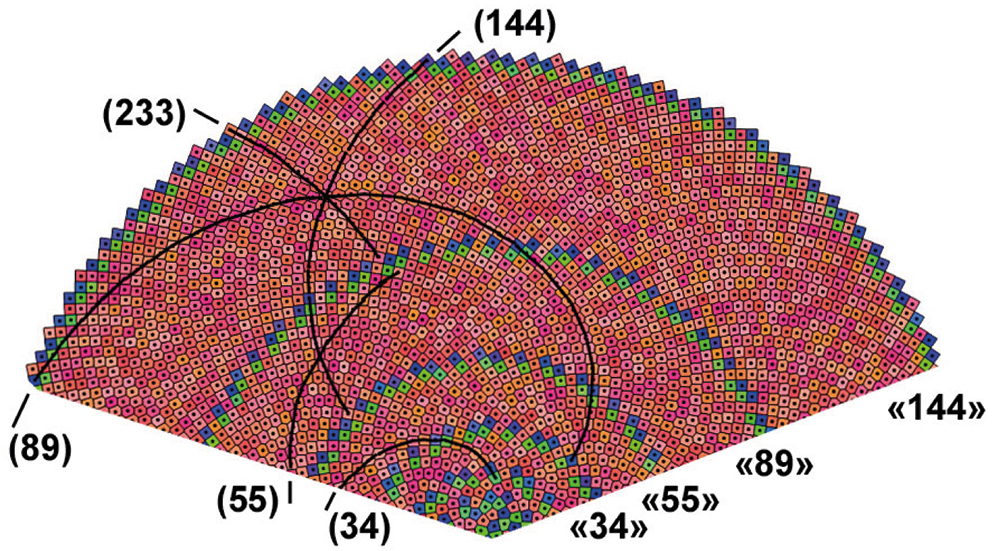
A new study suggests the pattern of fibres in tissues is similar to the petals of a flower
Collagen fibrils are a major component of the connective tissues found throughout the animal kingdom. The cable-like assemblies of long biological molecules combine to form tissues as varied as skin, corneas, tendons or bones. The development of these complex tissues is the subject of a variety of research efforts, focusing on the steps involved and the respective contributions of genetics and physical chemistry to their development. Now, two researchers at the Universite Paris-sud in Orsay, France, have shed new light on how complex collagen fibrils form. In a new study published in EPJ E, the authors focus on one of the hierarchical steps, in which molecules spontaneously associate in long and dense axisymmetric fibres, known as type I collagen fibrils.
EPJ H Editor Helge Kragh receives 2019 Abraham Pais Prize for History of Physics
- Details
- Published on 06 May 2019
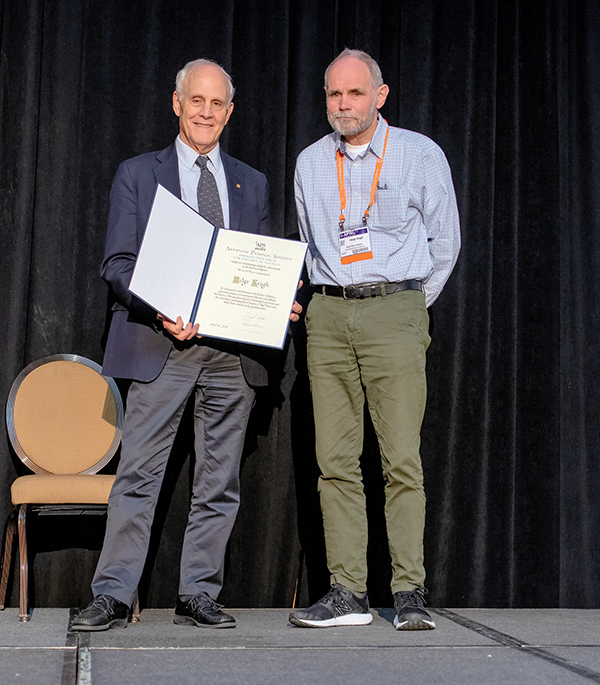
The Abraham Pais Prize for History of Physics is given annually to recognize outstanding scholarly achievements in the history of physics.
Helge Kragh, who is an Editor of EPJ H and author of the recently published SpringerBriefs “From Transuranic to Superheavy Elements - A Story of Dispute and Creation”, received the 2019 Abraham Pais Prize for History of Physics for "influential contributions to the history of physics, especially analyses of cosmological theories and debates, the history of the quantum physics of elementary particles and the solid state, and biographical studies of Paul Dirac and Niels Bohr, and his early quantum atom".





